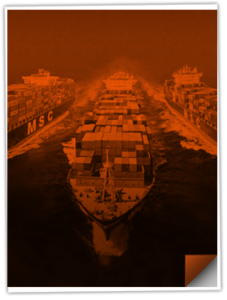Container Freight Station (CFS): What It Is and Why It Matters
A Container Freight Station (CFS) is a key link in the international supply chain—especially for LCL (Less-than-Container Load) shipments. At its core, a CFS is a designated location where cargo is consolidated or deconsolidated before or after international transit.
What Happens at a Container Freight Station?
Think of a CFS as a hub where your freight either joins or leaves the party. Here’s what typically occurs at these facilities:
- Consolidation of LCL cargo from multiple shippers into one container for export
- Deconsolidation of import containers into individual shipments for final delivery
- Customs exams or document inspections for select shipments
- Temporary storage of cargo awaiting clearance, pickup, or delivery
- Transfer of cargo between ocean, truck, and rail modes
- Bonded cargo handling, especially in port-adjacent facilities
When Is CFS Used?
You’re most likely to encounter CFS in the following scenarios:
- You’re shipping LCL freight (i.e., your cargo doesn’t fill a full container)
- Your cargo is under customs hold or General Order (GO)
- Your freight needs reworking, relabeling, or palletizing after arrival
- You’re importing into or exporting out of a major U.S. port, and freight is routed via a local CFS for processing
CFS and Customs Exams
U.S. Customs may select your cargo for inspection at a CFS. These common exams may apply:
- Tailgate Exam: Visual inspection at the door of the container
- MET (Manifest Examination Team) Exam: Full cargo inspection
- X-ray Exam (NII): Non-intrusive imaging
- VACIS Exam: Gamma-ray scan for hidden contraband
If your cargo is selected, it’s moved in-bond to the CFS and will incur storage, drayage, and exam fees.
Need help with your shipments? Contact us today!



